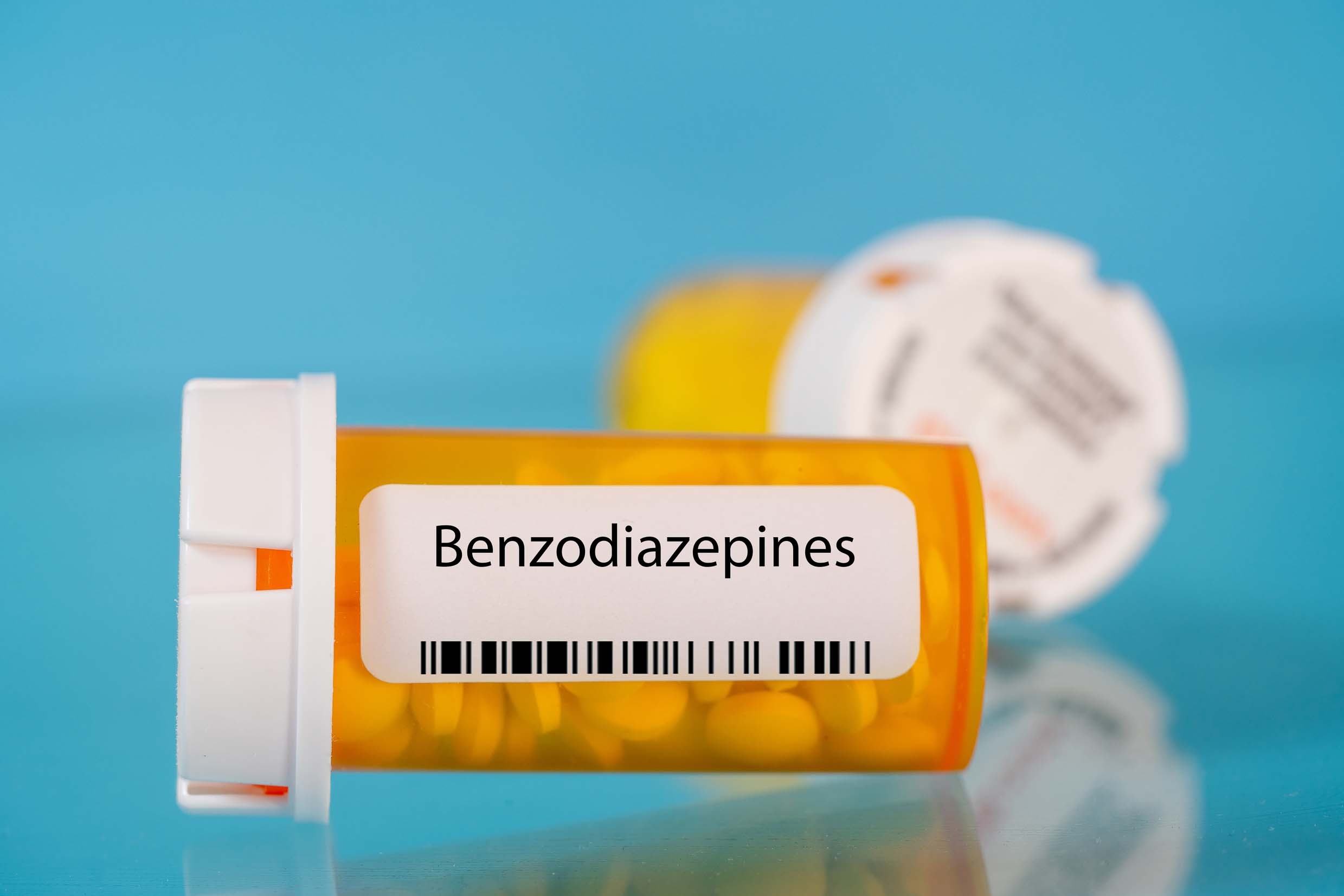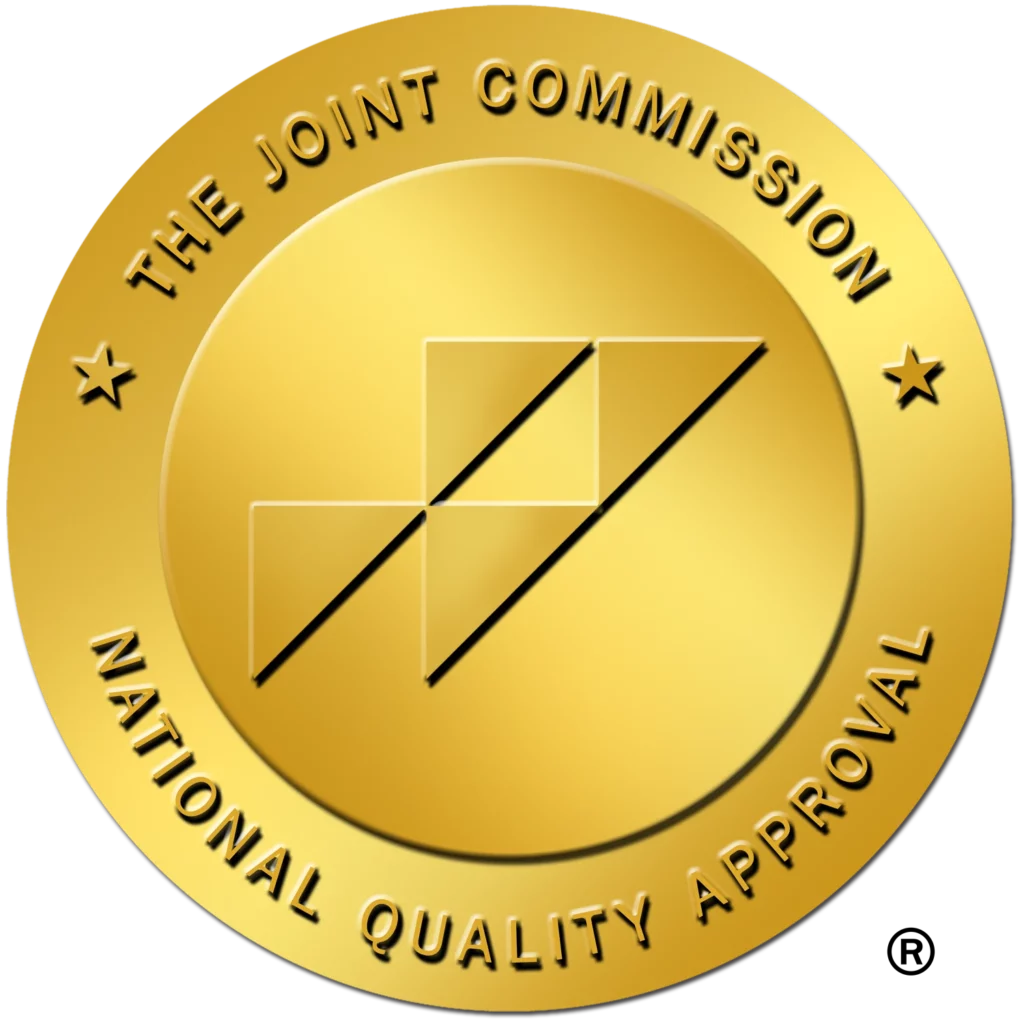Are Inhalants Addictive?
This entry was posted in Addiction News, Drug Abuse and tagged addicted to inhalants, are inhalants addictive, inhalant addiction on November 16, 2022 by Justin Baksh, MS, LMHC, MCAP, Chief Clinical Officer.

Inhalants may not be the first thing to come to mind when the topic of addiction arises, but inhalant addiction is very real. Typically, it affects youth more than adults – and it can be deadly.
Inhalant use has been traced back to the 1960s, and has persisted over the years. One in five children in the eighth grade reported trying an inhalant, according to research, and inhalants are the fourth most abused substance in the county.(Foundation for a Drug-Free World, n.d.).
What Are Inhalants?
Inhalants are substances that produce a chemical vapor which, when inhaled, can produce a psychoactive, mind-altering effect. When these products are ingested by inhalation for the purpose of achieving a high, they are referred to as an inhalant.
Types of Inhalants
Easily accessible in stores and most households, everyday products such as cleaning fluids, glues, spray paints, and even whipped cream canisters can be abused, including:

Aerosols
Aerosol products can be found in virtually all households and include spray paint, hair spray, deodorizing sprays, vegetable oil sprays, fabric protectant sprays, and aerosol computer cleaning products.
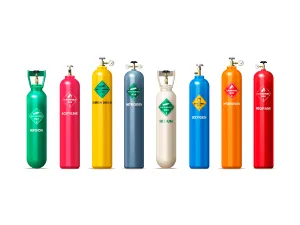
Gases
Gases can also be found in many household or commercial products and include include butane lighters, propane tanks, and whipped cream canisters. Some gases that are used as anesthetics include ether, chloroform, and nitrous oxide.
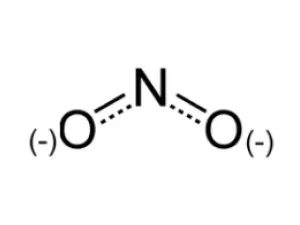
Nitrites
Also referred to as snappers or poppers, nitrites used as inhalants include liquid aromas, leather cleaners, multi-purpose solvent cleaners, and room odorizers. These substances open the blood vessels and relax the muscles. They are often used to enhance sex.

Refrigerants
Refrigerants are used to charge air conditioning units, and, unfortunately, as an inhalant to get high. Refrigerants include chlorofluorocarbons such as R12, which ceased production in 1994, hydrochlorofluorocarbons such as R22 (better known by its trademarked name of freon and phased out in 2020), and hydroflurocarbons including R134 and R410A, which are currently in use, and more. Some older a/c units still use freon and it is a commonly abused substance.
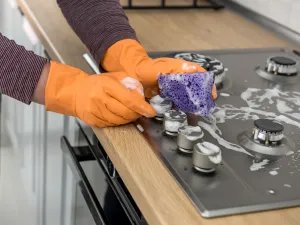
Solvents
Solvents are industrial or household products such as paint thinners or removers, dry cleaning fluids, nail polish removers, gasoline, and lighter fluid. Solvents can be found in art or office supply products as well, such as correction fluids, felt tip marker fluid, electronic contact cleaners, and glue.
Street Names for Inhalants
There are various terms referring to inhalants some include but are not limited to:
- Air Blast
- Amys
- Bang
- Bolt
- Boppers
- Bullet Box
- Buzz Bomb
- Chroming
- Heart-On
- Highball
- Hippie Crack
- Huff
- Laughing Gas
- Medusa
- Moon Gas
- Oz
- Pearls
- Poor Man’s Pot
- Poppers
- Rush
- Snappers
- Shoot the Breeze
- Texas Shoeshine
- Thrust
- Toilet Water
- Whippets
- Whiteout
How Are Inhalants Used?
The effects of inhalants usually do not last very long; some last seconds and some, minutes. Due to the short high, people who use inhalants will engage in sessions of repeated use, inhaling continuously over several hours. Users refer to various methods of use as sniffing, snorting, bagging, or huffing.
- Bagging – Substances are sprayed into a paper or plastic bag and users inhale the fumes
- Huffing – When huffing, users soak a rag in an inhalant and hold it up to their faces. In some cases, they stuff it into their mouths>
- Inhaling – Inhaling is breathing in vapors, such as from a balloon containing nitrous oxide
- Sniffing – Sniffing is inhaling or snorting fumes directly from containers
- Spraying – Spraying aerosol containers directly into the nose or mouth
Inhalant Substance Use Disorder
The continued use of inhalants can lead to a substance use disorder (SUD) SUD is characterized by:
- Continued use of a substance despite negative consequences
- A profound urge to seek out and use the substance
- An inability to control, cut down or stop abusing the substance
Negative consequences associated with substance use disorder include but are not limited to a decline in physical and mental health and the inability to function, leading to day-to-day impairment.
An inhalant addiction looks much like an addiction to any other substance, with the same disastrous effects.
“He would literally put the can to [his] mouth, and it would make him pass out. His eyes would roll, irritability when he would wake up… Very disoriented, he’d pass out just randomly anywhere…
He had a hard time finding jobs due to the fact that he’d get paid and got to the store and get [air duster] – and it’s easily available…
It changes their mentality. He got very paranoid, scared, and delusional…It changes who they are. He always had a good heart, but with that, he didn’t care… It’s dangerous. It’s deadly. It hurts your family. He tried to get help multiple times.”
– Larisa Bell, speaking about her son Trenton’s addiction to air duster which ultimately took his life at 27 years of age (Schambach, 2021)
What are the Short and Long Term Effects of Inhalants?
The use of inhalants has several short- and long-term effects.
Short-Term Effects of Inhalants
Inhalants impact the central nervous system and can cause short term effects such as:
- Chest Pain
- Coughing
- Dizziness
- Double Vision
- Euphoria
- Eye Irritation
- Heart Failure
- Joint Aches
- Lack of Coordination
- Muscle Aches
- Nasal Irritation
- Nosebleeds
- Red Eyes
- Slurred or Distorted Speech
- Sneezing
- Tearing
Abuse of inhalants can also cause hallucinations or delusions:
Hallucinations are sensory perceptions that occur in the absence of an actual external stimulus and usually arise from a neurological disturbance or in response to drug use.
Delusions are a persistent false psychotic belief regarding the self or persons or object outside the self that is maintained despite indisputable evidence to the contrary.
Long Term Effects of Inhalants
The long-term ramifications of inhalant use can be worrisome. The use of inhalants can cause:
- Brain Damage
- Decreased/Lost Sense of Smell
- Depression
- Hearing Loss
- Impaired Immune System
- Incontinence
- Organ damage (liver, kidney, and bone marrow)
- Mood Swings
- Muscle Spasms
- Paranoia
- Nerve damage
As a result of nerve damage, there may also be a loss of coordination and an increased risk for muscular spasms.
Brain damage, due to decreased oxygen to the brain and the dissolution of fatty brain tissue, can lead to the permanent loss of abilities such as thinking, talking and walking.
Using inhalants to get high can also lead to addiction and an increased risk for overdose.
“After I inhaled the whole balloon, I couldn’t hear a thing. All I heard was “won-wa-wah’ People were talking to me but I couldn’t hear a single word.”
“I’m learning at a slower rate than I was two years ago.”
“It really messes you up. It’s irreversible to the body.”
-The Truth About Inhalants Documentary (Foundation for a Drug-Free World, n.d.)
Inhalant Overdose
Inhalant overdoses have unfortunately cut many lives short. There have been many headlines, including:
- Trenton Bell, 27, father of five, who died from huffing air duster in 2021.(Schambach, 2021
- Jack Schoenig, 19, who died of asphyxia from nitrous oxide. (WJET/WFXP/YourErie.com, 2019)
- Jordan Soileau, 30, a talented musician that made the top 50 on Nashville Star TV show, who lost his life to huffing air duster, commonly used to clean computer keyboards.(Ulkins, 2016)
- Tony Thompson, 31-year-old R&B singer, who also lost his life to an inhalant in 2007. The autopsy indicated freon was the culprit. (Singersroom, 2017)
- A 12-year-old girl who died from huffing freon from the family’s own backyard air conditioning units in 2013, (McGinnis, 2013)
- Most recently, in September 2022, Melanie Rauscher, 35, a contestant on Naked and Afraid, who was found dead with dust cleaner cans near her. (TMZ, 2022)
Research also shows there are an estimated 500-plus unpublicized deaths due to inhalants every year in the United States, according to medical examiner data. These deaths appear as “accidental drug overdose – inhalant” however, they can also be classified as “other.” In just Florida and select counties in California, Texas and Pennsylvania alone, there were over 1,109 inhalant deaths occurred from 2007 to 2019.
Difluoroethane (DEF) (commonly used as an air duster for electronics) was the most cited inhalant and helium the second. This, despite the fact that a “bitterant” was added to DEF in 2006. (Families United Against Inhalant Abuse (n.d.)
How Inhalants Kill
An overdose can happen when the body has a toxic reaction to the use of a substance. This reaction can lead to serious symptoms such as seizures, convulsions, a coma, or death.
Using inhalants poses a risk for overdose. It is important to know that many products used for huffing, bagging, sniffing, and snorting contain several active ingredients and highly concentrated chemicals.
Inhaling chemical products can also lead to excessive vomiting and pose a choking hazard that can result in death as well as the threat of suffocation.
These chemicals are never meant to be ingested into the human body. Inhaling chemicals can lead to Sudden Sniffing Death Syndrome, or irregular and rapid heartbeats that lead to cardiac arrest. Even one sniff of highly concentrated fumes can result in death. Ingesting butane, propane, or aerosol chemicals comes with a higher risk of dying.

Withdrawal Symptoms from Inhalant Use
Long term use of inhalants may cause the body to go through withdrawal and exhibit symptoms of withdrawal. Upon discontinued usage of inhalant substances, symptoms of withdrawal that may occur are nausea, loss of appetite, changes in sleep patterns, sweating, and mood changes.
Inhalant Addiction: What are the Warning Signs?
Inhalant abuse may be prevented with proper education on the dangers of these substances. Adults should not assume that children are aware of the risks of ingesting inhalants and should participate in explaining the dangers of inhaling or ingesting any chemical product. As a parent, you should still watch for the signs and symptoms.
Beyond the missing cans of typical inhalants around the house and/or empty spray paint or solvent containers, especially if they have been hidden, parents can watch out for:
- Altered Appearance (Drunk, Dazed, or Dizzy)
- Anxiety
- Chemical Odor on Clothes or the Skin
- Depression
- Excitability
- Grouchiness
- Loss of Appetite
- Nausea
- Red Eyes
- Runny Nose
- Stains on the Body or Clothing
- Sores or Spots Around the Mouth or Nose
- Tearing
Inhalant Addiction Treatment
Inhalant use is most common among teens, as inhalants are easily accessible, low in cost, and do not require interacting with a drug dealer. Substance use disorder can be moderate to severe, and inhalant addiction treatment. is individualized to address each person’s unique needs.
Detoxification/Residential Stay
Like other addictions, there may be a period of detox necessary when coming off inhalant use. Depending on the body and brain’s reaction to detox, it may be recommended to be under medical supervision while doing so. For those with more severe inhalant addictions, medication may be needed to assist with heart arrhythmias or other presenting complications. Medical detox facilities are there to help monitor for symptoms and make the detox process safe, easier, and more comfortable.
A short inpatient stay may be required after the acute phase of detox. This is helpful in getting past the post acute withdrawal stage (PAWS) of detox.

Outpatient Rehab
Outpatient rehabilitation is an essential step in recovery from an inhalant addiction. During the rehabilitation process, individuals will engage in group therapy, individual psychotherapy, and other rehabilitation modalities to aid in their success. There are stages of the outpatient rehab process that allows you to step down gradually as you reacclimate to life after addiction, including partial hospitalization, intensive outpatient, and outpatient treatment.

Why Should We Be Concerned About Inhalant Addiction?
“I’ve heard from many other friends, one who was inhaling freon. He took two hits, and that was it. He was dead.”
The Truth About Inhalants Documentary (Foundation for a Drug-Free World, n.d.)
Inhalant addiction is not harmless fun. You are risking brain damage and even death when you sniff, snort, huff or inhale substances not meant to be ingested. Between 100 to 200 die in the U.S. each year from inhalants, according to the National Institute on Drug Abuse.
If you are addicted to inhalants, the time is now. Reach out for help before it’s too late. There are many addiction treatment centers that can aid you in overcoming the addiction and regaining your life.
RELATED: Do you have an addictive personality? Take the quiz
Whippets: 13 Things to Know About This Dangerous Drug
Is Addiction a Disease?
Sources
Families United Against Inhalant Abuse (n.d.). How Many Deaths Occur Annually in the U.S. and What Inhalants are involved? Familes United Against Inhalant Abuse. Retrieved November 6, 2022, Families United Against Inhalant Abuse
Foundation for a Drug-Free World. (n.d.). Inhalants abuse video – ways to get high? – real life stories on side effects of sniffing or huffing inhalant drug abuse. Foundation for a Drug-Free World. Retrieved November 6, 2022, from Drug-Free World
Foundation for a Drug-Free World. (n.d.). Inhalants statistics – abuse rates by Teens & children – Drug-Free World. Foundation for a Drug-Free World. Retrieved November 6, 2022, from Drug Free World
Mcginnis, S. (2013, March 12). Girl, 12, dies after Huffing Freon from A/C unit. KTLA. Retrieved November 6, 2022, from KTLA
Schambach, J. (2021, October 2). Grieving enid mother wants to warn about dangers of ‘huffing’ so son’s death isn’t in vain. KOCO. Retrieved November 6, 2022, from KOCO
Singersroom, S. (2017, February 2). Update: Autopsy report says hi-five member Tony Thompson died from high levels of Freon. Singersroom.com. Retrieved November 6, 2022, from Singersroom.com
TMZ. (2022, September 3). ‘naked and Afraid’ contestant Melanie Rauscher died from huffing air canisters. TMZ. Retrieved November 6, 2022, from TMZ
Ulkins, G. (2016, May 13). Healthline: Mom loses son to ‘huffing’. https://www.wafb.com. Retrieved November 6, 2022, from WAFB
WJET/WFXP/YourErie.com. (2019, December 12). Centre County Coroner releases official autopsy results of 17-year-old cathedral prep student Jack Schoenig. WJET/WFXP/YourErie.com. Retrieved November 6, 2022, from WJET/WFXP/YourErie.com

